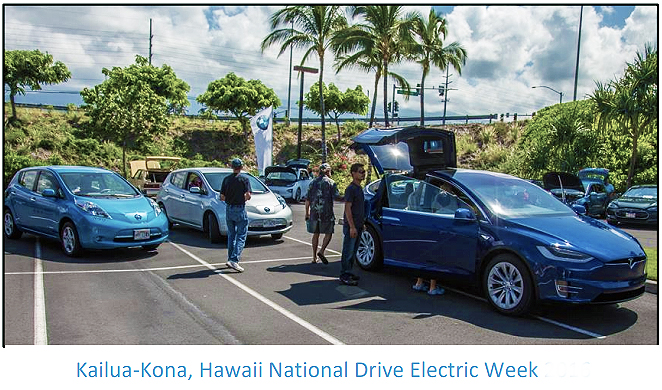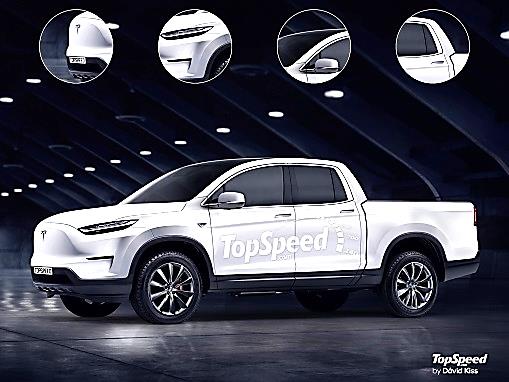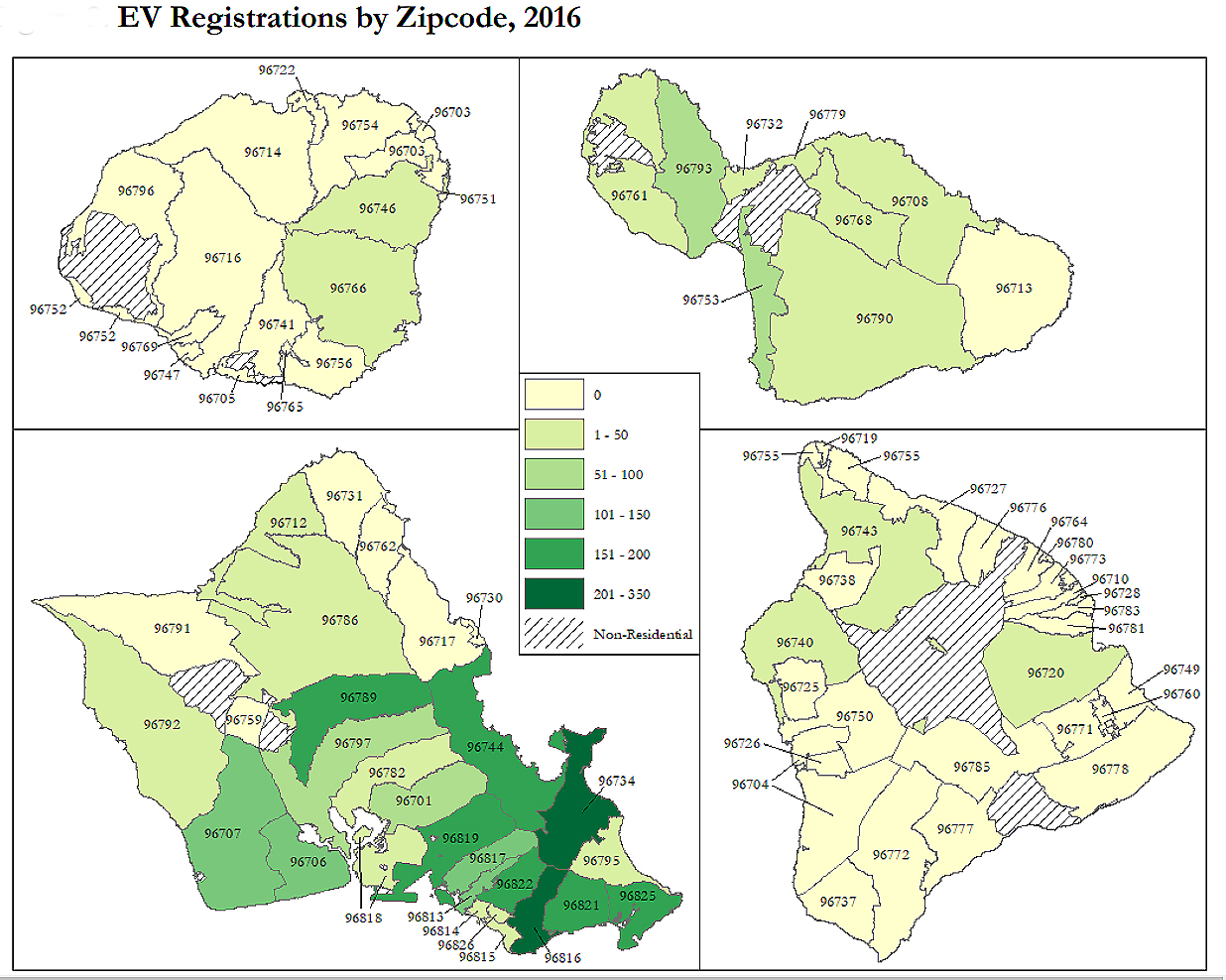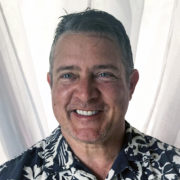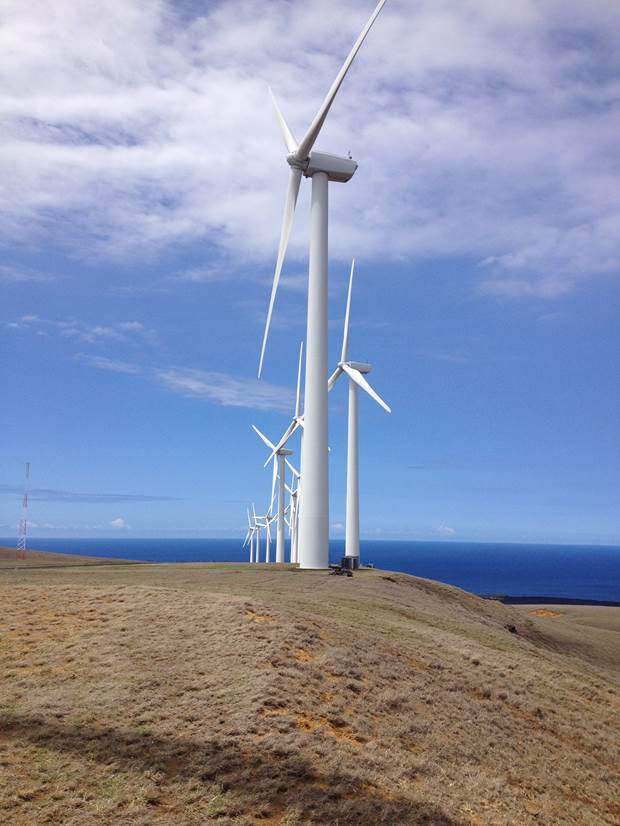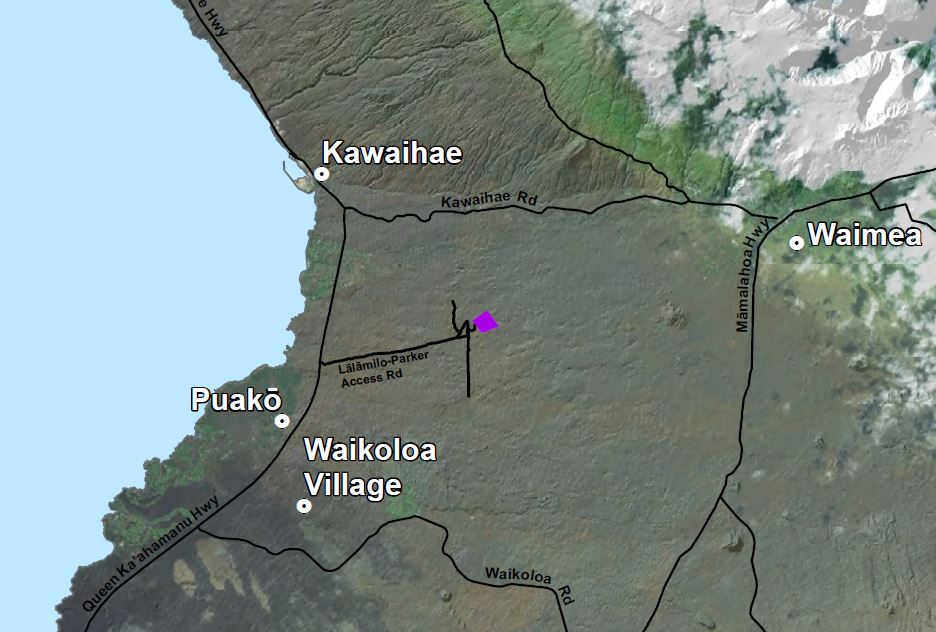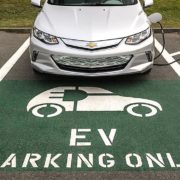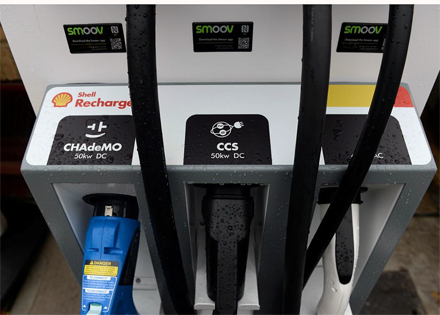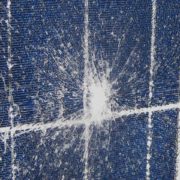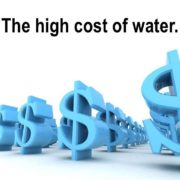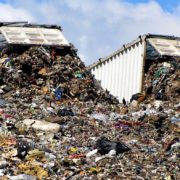State of Hawai`i Energy Policy – From Climate Change to Microgrids, Carbon Taxes and Beyond
Greta Thunberg addressed a United Nations Climate Change Conference in December 2018. The 16-year-old noted, “We cannot solve a crisis without treating it as a crisis.”
Hurricane Lane
For Hawai’i, Hurricane Lane should serve as a wake-up call. In August 2018, Lane barrelled towards O`ahu. If its strength had been maintained for another 24-48 hours, devastating would have occurred.
Thomas Travis, the Administrator for the State of Hawaii Emergency Management Agency (Hi-EMA), asked the Pacific Disaster Center to run a Category 4 Hurricane Lane scenario for striking O`ahu. The damage would be $116 billion, 159,000 O`ahu people (23,000 older than 64) would need short-term shelter, and over 8 million tons of debris on roads would have to be cleared. Hawai`i has a three-day supply of medicine and a five-day supply of real food. This assessment was presented at a 2019 EUCI conference in Waikiki.
The five-day food supply count-down would start two-days before the storm hit. Theoretically, we then have a two-week supply of MREs (Meals, Ready-to-Eat), a self-contained, individual field ration provided by FEMA and the U.S. Department of Defense. The nearest re-supply port is five-days away.
Disaster Planning
The 2018 State of Hawai’i Hazard Mitigation Plan Update offers insights into preparing for the next disaster.
Hawai`i has weathered tropical storms, hurricanes, rain bombs, flash floods, extensive back-to-back lightning strikes, the reconfiguration and disruption of the polar vortex causing snow to hit Hawai`i at record low elevations, and rain-induced mudslides caused rock debris to cover one of O`ahuʻs three highways crossing the Ko`olau Mountains.
The Pali Highway from Honolulu to Kailua will have limited service for months. There will be one-way traffic only over the mountain flowing into town during the morning and flowing away from town during the evening commutes.
The ability of Hawai`i to whether an event will depend upon the intensity of the event, how much time we will have to prepare for it, how widespread it is, and how much advance preparation occurs.
Carbon Sequestration
The Hawai`i Greenhouse Gas Sequestration Task Force will meet on Thursday, February 28, 2019, 1:30 pm to 4:00 pm at the Hawaii State Art Museum, the old Hemmeter Building adjacent to the State Capitol, 250 South Hotel Street, in the Ground Floor Multipurpose Room.
The Task Force will receive reports on Pathways to Reach Carbon Neutrality in Hawaii, State Carbon Offset Forestry Projects, Sequestration Potential of Pasture, Proposed Projects, and the Climate Change Mitigation and Adaptation Initiative.
Climate Change Shelters
Climate change is warming the oceans near Hawai`i, moving the warm belt northward, increasing the chance of devastating hurricanes striking the islands. One mitigating solution would be to convert school buildings into facilities that are able to be both schools and emergency shelters.
Should schools be converted for energy shelters when there is an inadequate supply of housing for residents? Should schools stock massive amounts of energy food supply while large sectors of the local population don`t have enough to eat?
Or should all new buildings and all retrofits throughout Hawai`i be built using building codes that require construction methods and on-site renewables and storage to enable them to survive a Category 4 hurricane, and through the Aloha Spirit, assist neighbors in times of disaster?
Decentralized Resilience – microgrids are a start
The Public Utilities Commission issued a White Paper in April 2014 calling for Integrated Energy Districts or microgrids. The Legislature passed legislation supporting microgrids.
The Public Utilities Commission directed the Hawaiian Electric Companies to open a regulatory proceeding on Integrated Grid Planning, that is, how to shift the emphasis away from centralized generation and transmission and towards using the distribution system as a platform for local supply and demand.
The Public Utilities Commission is examining how to standardize Microgrid tariffs, the document that established criteria and costs for interfacing third-party microgrids with the utility grid.
Camp Smith in Aiea provides military support and logistics from Hawai`i to the East Coast of Asia and the East Coast of Africa. The camp has layered microgrids–outer and inner microgrids and distributed generators—to guarantee power.
The Department of Education is establishing a microgrid test pilot at an O`ahu school.
“The Department [of Education] will complete a pilot project at 3633 Waialae Avenue by the end of March 2019. The pilot project seeks to determine the feasibility and economic viability of a combination of solar renewable energy, battery backup power, and diesel fuel generator system at a DOE facility. Following analysis and testing of this pilot project, the DOE will be able to report to the Legislature whether implementation of similar systems at designated school shelters is viable.”
Any Hawai`i university campus, large commercial shopping center, or military base can legally make its own microgrid supplied with rooftop solar and wind combined with energy storage. But if that system failed, the utility would need to have a massive supply available in a microsecond to power those microgrid customers.
One mitigation measure would be to segment the electric grid into cells, each of which can operate in an island mode, without neighboring cells operating. The technical aspects of isolating cells are simply but cost money.
Downtown Honolulu and Waikiki could be islanded but the cells would have very high demand and extremely limited supply. The existing back-up generators, rooftop solar, and storage are extremely small compared to what is needed.
The real problem on O`ahu is the location of supply and demand. Most electric generation exists at Kahe, followed by Campbell Industrial Park and Pearl City. Those cells could remain functioning. These facilities are far from major demand centers.
Microgrid projects are being considered, planned, and or constructed at Joint Base Pearl Harbor-Hickam, Camp Smith, the Natural Energy Laboratory of Hawaii Authority (NELHA), the University of Hawaiʻi at Mānoa, Parker Ranch, Coconut Island, and Blue Planet.
Renewable Energy
The universe is made of matter-energy which can neither be created nor destroyed, only change forms. Renewable energy is not a scientific term but an every changing political term. Hawai`i has five major different definitions since 2001.
In terms of renewable energy penetration, if Hawai`i were its own country, the State would not rank among the top 50 countries, nor as a U.S. state does it rank among the top 15 U.S. States, with the caveat that Hawai`i is a global leader among islands without large hydroelectric and without cables to large mainland grids, and the further caveat that every country and every U.S. state has a different definition of renewable energy!
In Hawai`i, burning coal at O`ahu`s garbage-to-energy facility H-POWER counts as renewable energy, even through the facility pollutes Hawaii’s airshed and adds to the growing problem of rising greenhouse gas emissions, aka carbon emissions. Covanta, the owner of the facility, asserts that one-third of the power generated from the facility comes from fossil fuel byproducts, and by law that all counts as renewable energy,
Renewable Energy Penetration
Renewable Portfolio Standard (RPS) is the Hawai`i legally defined metric for measuring the amount of renewable energy on electric grids. (HRS §269-91)
Hawaiian Electric Company stated that if electricity on the grid is 35 percent renewable and 65 percent fossil fuel, and that rooftop solar produces electricity equal to 80 percent of what is sold by the utility, then the RPS is 115 percent.
The above analysis was provided by HECO on June 15, 2015, in responding to a Life of the Land question during the NextEra merger proceeding.
The state goal of 100 percent renewable energy by 2045 can be achieved when the 80,000 rooftop systems in Hawai`i produce the same amount of electricity as grid-based fossil fuel plants.
When the amount of electricity produced by rooftop solar exceeds the amount of electricity produced by fossil fuel power plants connected to the grid, the renewable energy penetration level exceeds 100 percent. A state RPS formula now, 10 years later is hotly debated,
Personal Choices
Western nations are outsourcing carbon emissions, exporting polluting industries, buying back the products, remaining consumers of greenhouse gas emissions while blaming others for rising emissions. The World Bank put it this way: “While the production-based emissions of the early industrialized countries has begun to decrease, their consumption-based emissions have continued to grow, with the gap between the two becoming increasingly significant.”
As global consumers, we can take responsibility for our contribution to global warming and the greenhouse emissions driving human-caused climate changes. As individuals, we can consciously choose to reduce our emissions by our lifestyle and the products we purchase and consume.

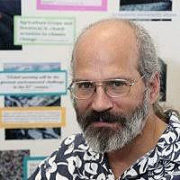
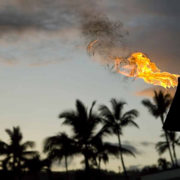
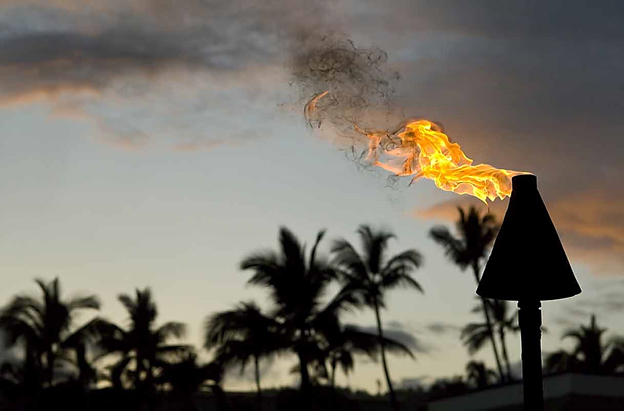
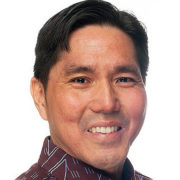
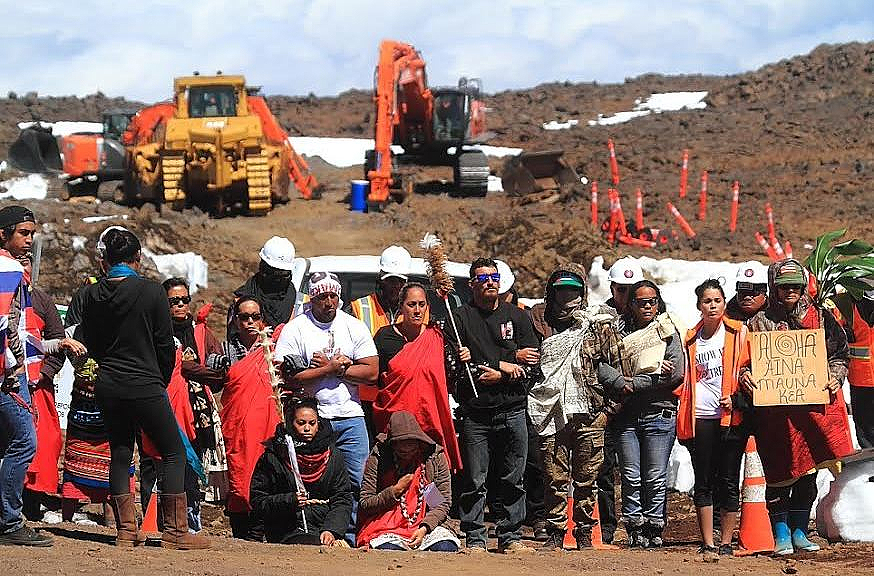
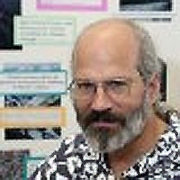
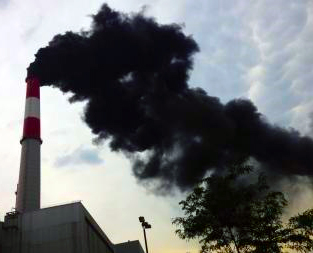 There are two ways of determining what should trigger an environmental review in the establishment of a new or fundamental changes to an exiting power generation facility. One is bottom-up, by specifically identifying project types. The second is top down, to include everything and then remove project types that have small impacts. Hawai`i uses a mix of the two types and applies them sometimes in odd ways. In addition, the application of laws is not always equitable.
There are two ways of determining what should trigger an environmental review in the establishment of a new or fundamental changes to an exiting power generation facility. One is bottom-up, by specifically identifying project types. The second is top down, to include everything and then remove project types that have small impacts. Hawai`i uses a mix of the two types and applies them sometimes in odd ways. In addition, the application of laws is not always equitable.
